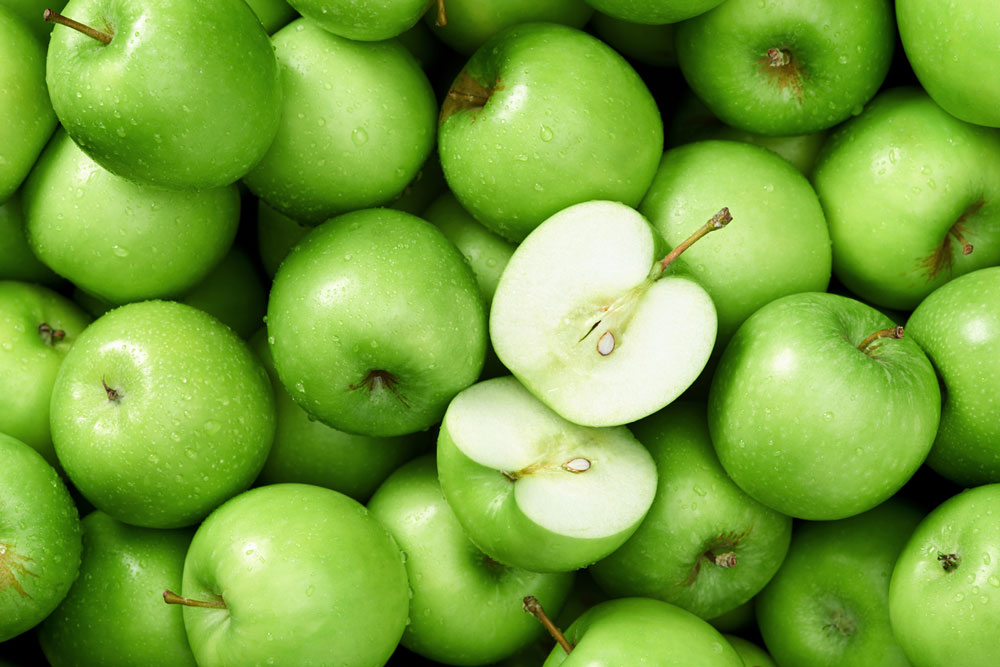According to The Old Farmer’s Almanac, the best apples for baking are Cortland, Fuji, Granny Smith, and Rome Beauty. The best apples for applesauce are Braeburn, Cortland, Jonagold, Jonathan, McIntosh, Newton Pippin, and Winesap. And the best apples for cider are Gala, Newton Pippin, Rome Beauty, and Winesap.
FALL MIGRATION
Whereas we adjust our thermostats to accommodate for our comfort in the changing seasons, birds fly from north to south and vice versa (and central to way south). Some birds, such as purple martins, barn swallows, and golden-cheeked warblers, start their trek as early as July. Recently, you might have seen whooping cranes as they make their way to Rockport. They spend their summers breeding in Canada. Bald eagles come to overwinter in Texas, arriving September through October and often staying until July.
While harvesting crops or planting fall plots, look up. You’ll see an array of birds going somewhere south.
SEPTEMBER GARDEN DUTIES
Where in the world has the year gone? Our young helpers are back in school sharing how they got to assist you in the garden.
There are a variety of things to do in September:
1. It’s fall vegetable planting time. You can choose from a variety. Here are some delicious suggestions: Asian greens, beets, Chinese cabbage, carrots, chard, collards, corn, garlic, kale, kohlrabi, lettuce, mustard greens, peas, shallots, and turnips.
2. Set out your vegetable plants, such as broccoli, Brussels sprouts, cauliflower, endive, lettuce, and mustard.
3. Plant flower/ornamental seeds, such as alyssum (Lobularia maritima), calendula (Calendula officinalis), cornflower (Centaurea cyanus), delphinium/larkspur (Delphinium), hollyhock (Alcea), Johnny jump-up (Viola tricolor), liatris/blazing star (Liatris spicata), love-in-a-mist (Nigella damascene), pansy (Viola tricolor var. hortensis), poppy (Papaver somniferum), snapdragon (Antirrhinum), and stock and sweet peas (Lathyrus odoratus).
4. Do you still have the seeds you gathered earlier this year? Begin to think and plan where you want to plant wildflowers. Remember when planning, if you are going to put out corn gluten, do NOT plan to plant wildflower seeds in that same location. Plant wildflower seeds late this month, October, and early November.
5. Set out artichoke crown transplants.
6. Divide perennials, including daylilies, bearded iris, Shasta daisies, violets, wood ferns, liriope, and cannas. You can share with family, friends, and fellow gardeners. Before you divide your irises, cut the leaves at a slight diagonal about 6 inches off the ground. This will help them to be even healthier and more vibrant next flowering season. Give them a couple of days to get used to their new hairdo, then divide.
7. Have you begun your compost pile?
8. You knew we were going to say it: Prime time to check the mulch around your plants. We still have plenty of heat left on the ol’ calendar, and we need to protect our plants. Those of you who were blessed with rain, double check your mulch. The rains might have washed away some of the mulch or redistributed it. Till next time, keep your souls and soles in your garden!
Remember the True Master Gardener: Jesus said, “I am the vine; my Father is the Gardener.” John 15:1
Contact Bill Luedecke at The Luedecke Group Realtors at 512-577-1463 or bill@texasland.net.

